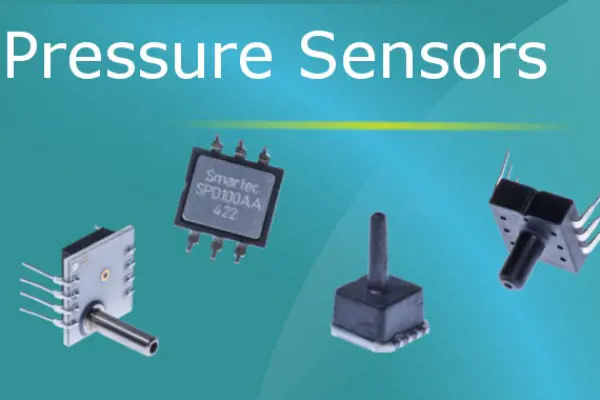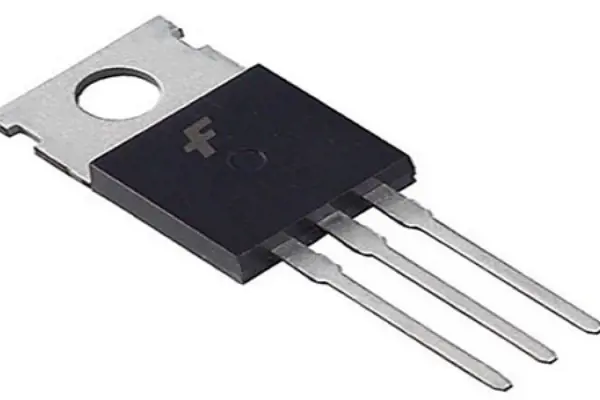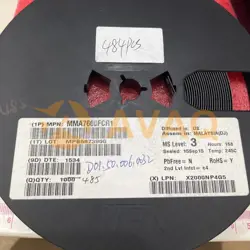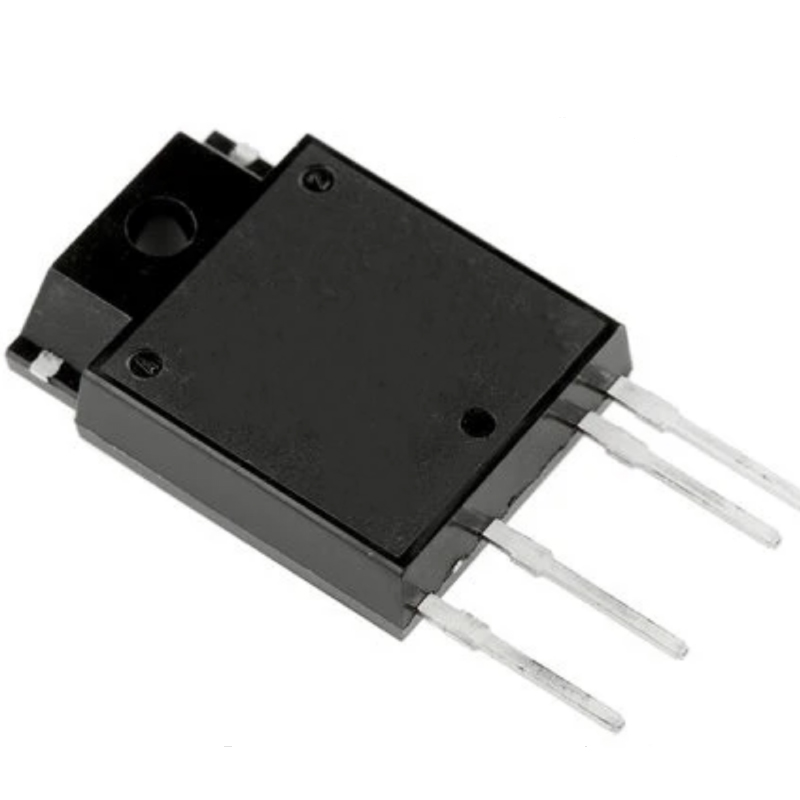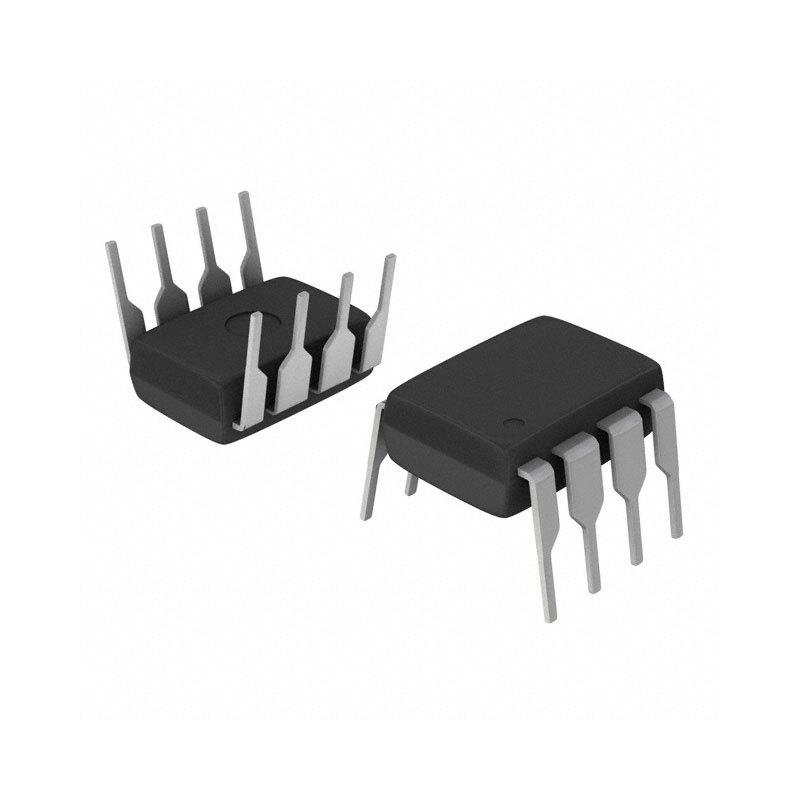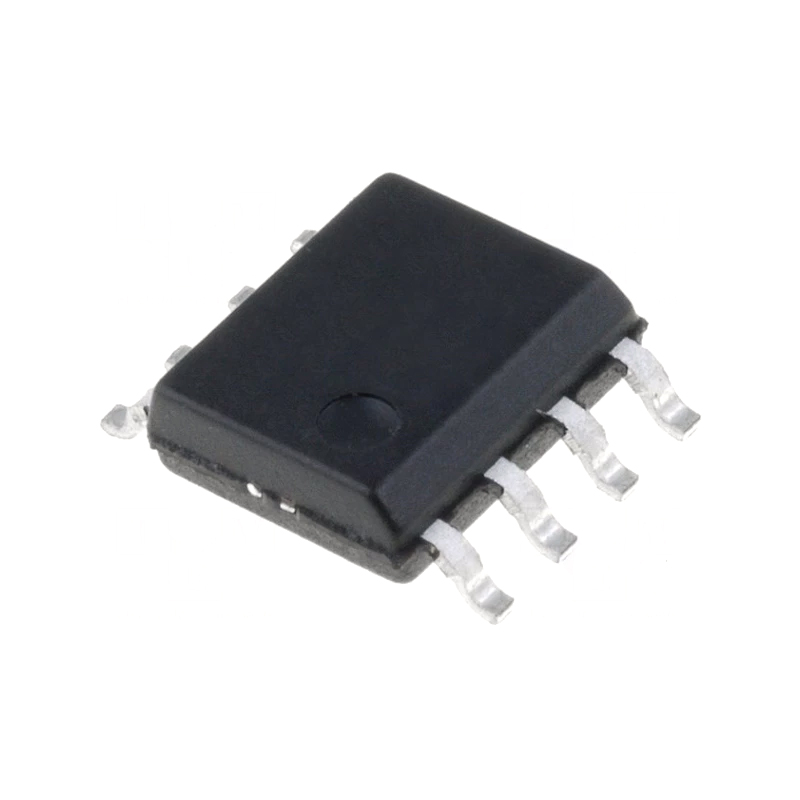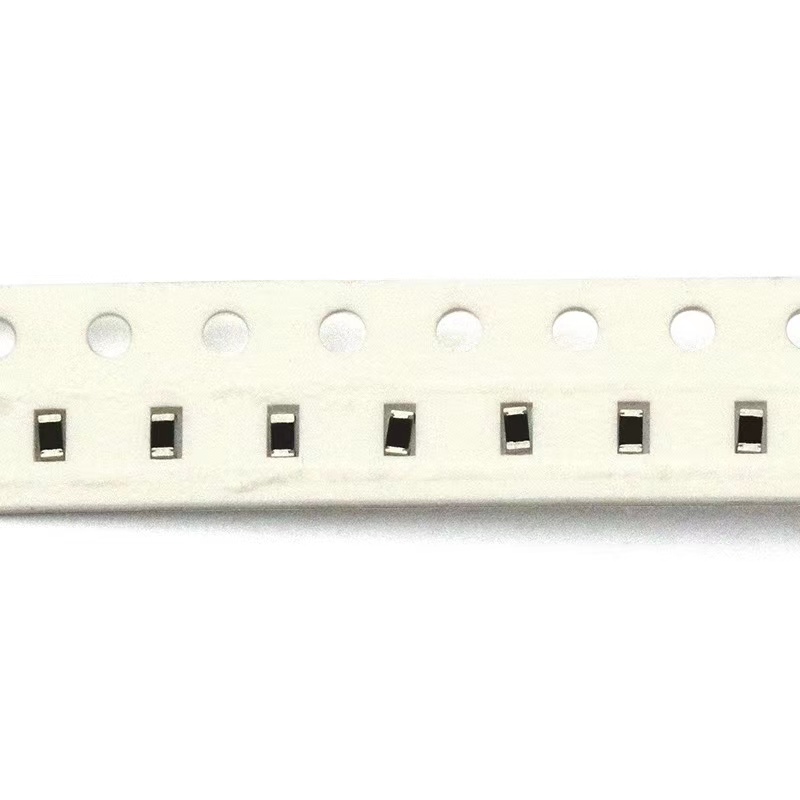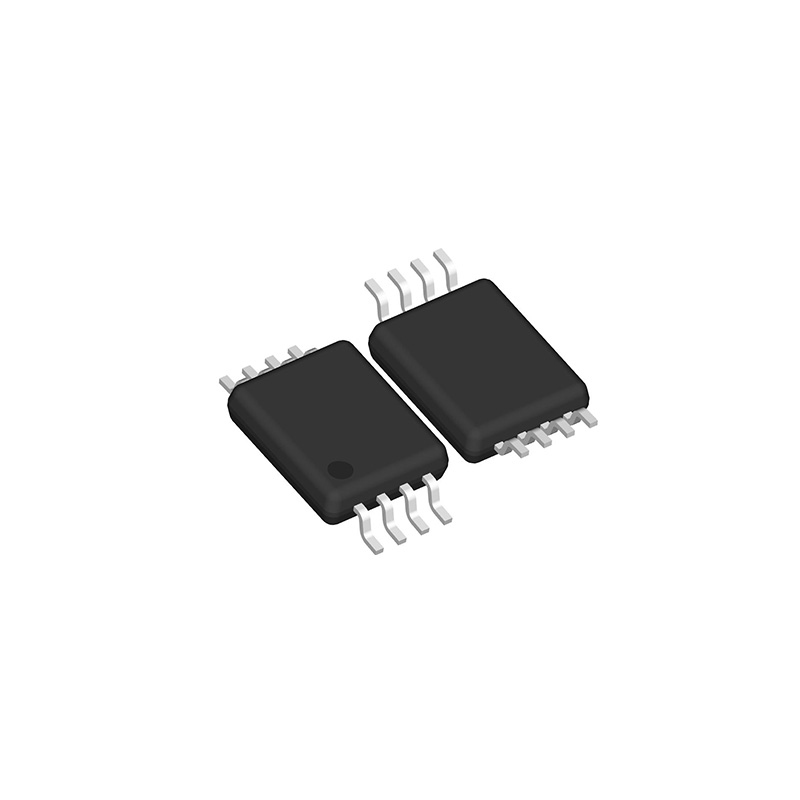What is 3 Wire Pressure Sensor
 Published: Jul 05, 2023
Published: Jul 05, 2023
Contents
A 3-wire pressure sensor is a valuable component in various industries and applications where accurate and reliable pressure measurements are required. This type of pressure sensor utilizes a three-wire configuration for connecting the sensor to the measurement circuitry, providing a simple and efficient solution for pressure monitoring.
With advancements in sensor technology, 3-wire pressure sensors have gained popularity due to their ease of installation and compatibility with existing measurement systems. In this article, we will delve into the concept of 3-wire pressure sensors, exploring their working principle, benefits, and applications.
Part 1. What is 3 Wire Pressure Sensor
A 3-wire pressure sensor is a type of sensor used to measure pressure in various applications. It is designed to provide accurate pressure readings by using three wires for electrical connections.
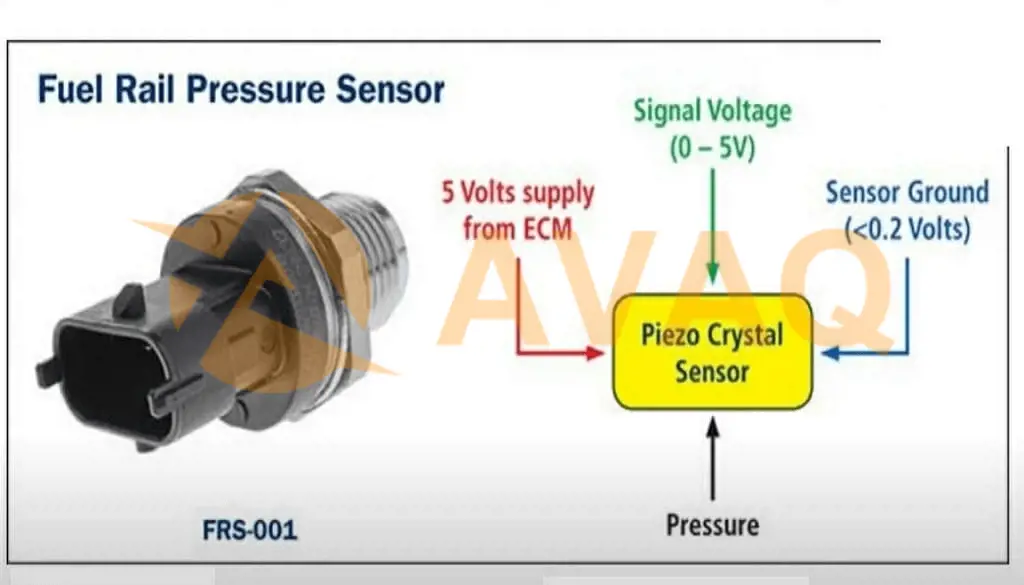
The three wires typically consist of a power supply wire, a ground wire, and an output wire. The power supply wire is used to provide the necessary voltage to operate the sensor. The ground wire is connected to the reference ground, and the output wire carries the analog or digital signal that represents the measured pressure.
The following table summarizes some of the main differences between 2-wire, 3-wire and 4-wire pressure sensors.
|
Wiring Configuration |
Number of Wires |
Power Supply |
Signal Output |
Signal Ground |
Advantages |
Disadvantages |
|
2-Wire |
2 |
Same wire |
Same wire |
N/A |
Simple wiring setup, cost-effective |
Potential accuracy limitations due to voltage drops |
|
3-Wire |
3 |
Separate wire for power supply |
Separate wire |
Separate wire |
Improved accuracy, reduced electrical noise |
Slightly more complex wiring setup, higher cost |
|
4-Wire |
4 |
Separate wires for power supply |
Separate wires |
Separate wire |
Higher accuracy, reduced susceptibility to voltage drops |
More complex wiring setup, higher cost, requires additional connections |
Part 2. How Does a 3 Wire Pressure Sensor Work
The operating principle of a 3-wire pressure sensor is based on the principle of the Wheatstone bridge and the characteristics of a strain gauge. 3-wire pressure sensors use the characteristics of the Wheatstone bridge and strain gauge to measure pressure. When pressure is applied to the sensor, the strain gauge generates a strain that causes the bridge to become unbalanced and produces an output signal proportional to the pressure. This output signal can be processed and interpreted to obtain the final pressure reading.
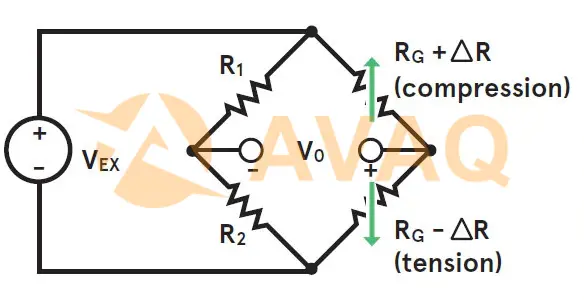
The following is an example of a basic 3-wire pressure sensor workflow:
- Install the 3-wire pressure sensor in the application where the pressure is to be measured, ensuring that the sensor is in contact with the liquid or gas pressure.
- Connect the power cord: Connect the sensor's power cord to a stable power source that provides the required voltage or current for the sensor to operate.
- Connect the ground wire: Connect the sensor's ground wire to a ground lead or appropriate ground point.
- Connect the output wire: Connect the sensor's output wire to the input of a signal conditioning circuit or microcontroller.
- Provide Power: Start the power supply to enable the sensor and provide excitation voltage or current to the Wheatstone Bridge circuit.
- Wheatstone Bridge Balancing: Keeps the Wheatstone bridge balanced in the absence of pressure action by using the appropriate resistor configuration and calibration.
- Applied Pressure: The pressure applied to the sensor by a liquid or gas causes a corresponding strain to occur in the sensor's strain gauge (e.g., strain gauge strain gage).
- Bridge Circuit Imbalance: The strain on the strain gauges causes an imbalance in the Wheatstone bridge circuit. The change in resistance on the strain gauge causes a difference in voltage or current between the two branches of the bridge.
- Output Signal: The difference in voltage or current generated by the out-of-balance bridge is passed through the output line to the signal conditioning circuit or microcontroller.
- Signal processing: The signal conditioning circuit or microcontroller processes the output signal, possibly by amplification, filtering or analog-to-digital conversion, to obtain a measurable form, such as an analog voltage or digital signal.
- Pressure reading: The final processed signal represents the measured pressure value. Pressure values can be read and recorded using gauges, displays, computers or other devices.
Part 3. How to Test a 3-Wire Pressure Sensor
When testing a 3-wire pressure transducer, you can follow these steps:
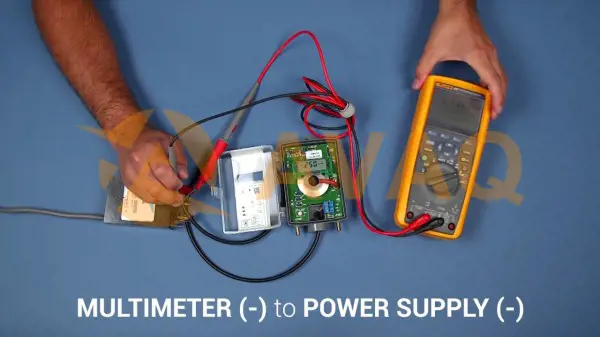
Step 1. Preparation
Understand the sensor's specifications, including the operating range, electrical characteristics, and the specific test procedures recommended by the manufacturer.
Step 2. Prepare equipment
Prepare the tools and equipment needed for testing, such as a power supply, multimeter, oscilloscope (if needed), connectors or adapters to interface with the sensor, etc.
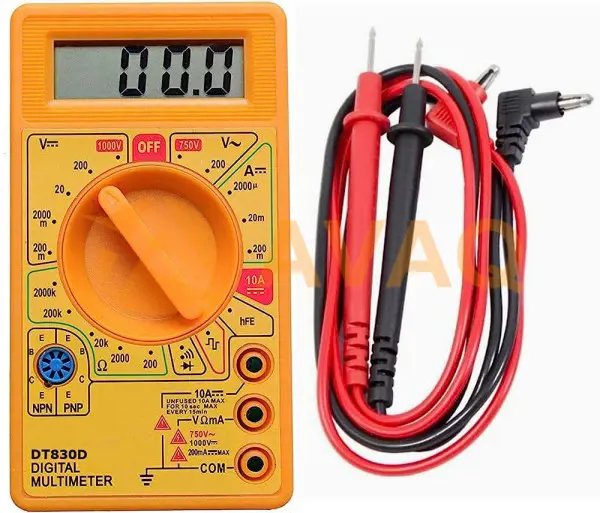
Step 3. Check the wiring
Make sure the sensor is properly connected to the power supply, ground, and output pins. Double-check the wiring to make sure there are no loose or incorrect connections.
Step 4. Apply power
Connect the power supply to the sensor's power input, providing the specified voltage or current as required by the sensor.
Step 5. Measure power supply voltage
Use a multimeter to measure the voltage at the power supply connection to ensure it matches the expected value. Verify that the power supply is stable and within the specified range.
Step 6. Measure the output signal
Connect the sensor's output line to a multimeter or oscilloscope (depending on the signal type) to measure the sensor's output signal. Set the measuring instrument to the appropriate range and observe the reading.
Step 7. For analog outputs
Use the voltage or current measurement mode of the multimeter, depending on the type of sensor output (e.g., voltage or current). Measure the output signal to verify that it changes or stays within the specified range when pressure is applied.
Step 8. For digital outputs
Use an oscilloscope or logic analyzer to capture the digital signal on the sensor's output line. Check that the signal does not switch or change as the pressure changes.
Step 9. Apply pressure
Apply the desired pressure or pressure conditions that the analog sensor is designed to measure. Pressure changes can be simulated using a pressure source or in a controlled manner.
Step 10. Verify readings
Monitor the output readings on the measurement instrument as pressure is applied. Verify that the reading varies as expected for the pressure change. If a known pressure value is available, the reading can be compared to it to assess the accuracy of the sensor.
Step 11. Repeat the test and perform calibration (if required)
If required, repeat the test procedure at different pressure levels to verify the sensor's performance over its operating range. If the sensor readings are inaccurate, refer to the manufacturer's documentation for calibration procedures, or contact its support team for guidance.
Part 4. Advantages and Disadvantages of 3-Wire Pressure Sensor
3-wire pressure sensors have their advantages and disadvantages. Here are the key advantages and disadvantages of 3-wire pressure sensors:
Advantages:
- Improved Accuracy: Compared to 2-wire pressure sensors, 3-wire configuration can provide better accuracy. The separate ground wire reduces the impact of voltage drops and electrical noise, resulting in more reliable and precise pressure measurements.
- Electrical Noise Reduction: The additional ground wire in a 3-wire configuration helps minimize electrical noise and interference from the power supply or other electrical sources. This leads to cleaner and more stable signal output.
- Easier Compensation: The presence of a separate ground wire allows for easier compensation of potential ground voltage differences. It enables the use of differential measurement techniques to eliminate common-mode noise and improve accuracy.
Disadvantages:
- Increased Complexity: The 3-wire configuration adds an extra wire, increasing the complexity of the wiring setup. This can make installation and troubleshooting slightly more challenging compared to simpler configurations like 2-wire sensors.
- Higher Cost: The additional wire and circuitry in 3-wire pressure sensors can result in slightly higher manufacturing costs compared to 2-wire sensors. This can impact the overall cost of the sensor.
- Space Limitations: The presence of an additional wire may require more space for routing and installation, particularly in applications where compactness is a concern.
- Limited Availability: Depending on the specific pressure sensor model or manufacturer, the availability of 3-wire options may be more limited compared to 2-wire or 4-wire sensors.
You may like: The Easiest Way to Find Low Cost Pressure Sensor>>
Conclusion
In conclusion, 3-wire pressure sensors offer a reliable and cost-effective solution for pressure measurement in various applications. Their simple three-wire configuration makes them easy to integrate into existing measurement systems, reducing installation time and effort.
By understanding the working principle and features of 3-wire pressure sensors, you can confidently select the appropriate sensor for your application requirements. Stay updated with the latest advancements in pressure sensor technology, explore datasheets and technical documentation, and make informed choices when incorporating 3-wire pressure sensors into your projects. Embrace the accuracy and reliability offered by these sensors and unlock new possibilities in pressure monitoring and control.
 FAQ
FAQ
- What factors should be considered when selecting a 3-wire pressure sensor?
- When selecting a 3-wire pressure sensor, consider factors such as pressure range, accuracy requirements, temperature range, compatibility with the system's voltage and current levels, and environmental conditions. It is also important to review the datasheet and technical specifications provided by the manufacturer for detailed information on the sensor's performance and suitability for the application.
- Are 3-wire pressure sensors suitable for both liquid and gas pressure measurement?
- Yes, 3-wire pressure sensors can be used to measure both liquid and gas pressures, depending on their specifications and design. It is important to choose a sensor that is suitable for the specific application requirements and compatible with the medium to be measured.
- Can a 3-wire pressure sensor be calibrated?
- In some cases, 3-wire pressure sensors may have calibration capabilities. Calibration allows the sensor's output to be adjusted to ensure accurate pressure measurements. However, not all 3-wire pressure sensors may have built-in calibration features. It is important to refer to the sensor's datasheet or product documentation to determine if calibration is available.
 Popular Industry Focus
Popular Industry Focus
Hot Products
-
![MMA7660FCR1]()
MMA7660FCR1
NXP
MMA7660FC Series ±1.5 g 3 Axis Orientation/Motion Detection Sensor - QFN-10
-
![MC33887VWR2]()
MC33887VWR2
NXP
Motor / Motion / Ignition Controllers & Drivers 5.0 A H-BRIDGE DRV
-
![P89V51RD2FA,512]()
P89V51RD2FA,512
NXP
8-bit Microcontrollers - MCU 80C51 64K FL / 1K RM
-
![74HC4046AD]()
74HC4046AD
Nexperia
Phase Lock Loop (PLL) IC 21MHz 1 16-SOIC (0.154", 3.90mm Width)
-
![MK10FN1M0VLQ12]()
MK10FN1M0VLQ12
NXP
MCU 32-bit K10 ARM Cortex M4 RISC 1024KB Flash 1.8V/2.5V/3.3V 144-Pin LQFP Tray
-
![MC9S12DP512CPVER]()
MC9S12DP512CPVER
NXP
MCU 16-bit HCS12 HCS12 CISC 512KB Flash 2.5V/5V Automotive 112-Pin LQFP T/R
Related Parts
-
![26PCAFA6G]()
26PCAFA6G
HONEYWELL SENSING AND CONTROL
Pressure Sensor ±1PSI (±6.89kPa) Compound Male - 0.2" (5mm) Tube 0 mV ~ 16.7 mV (10V) 4-SIP Module
-
![HSCDRRN005NDAA3]()
HSCDRRN005NDAA3
Honeywell
Pressure Sensor ±0.18PSI (±1.25kPa) Differential Male - 0.08" (1.93mm) Tube, Dual 0.33 V ~ 2.97 V 8-DIP (0.524", 13.30mm), Dual Ports, Same Side
-
![ASDX001G24R]()
ASDX001G24R
Honeywell
Pressure Sensor 0psi to 1psi Gage 8-Pin DIP-G2
-
![MPXV7002GP]()
MPXV7002GP
NXP Semiconductor
Pressure Sensor, 5V, -2/2kPa, SOP 8, Port
-
![MP3V5050GP]()
MP3V5050GP
NXP Semiconductor
MP3V5050 Series 0 to 50 kPa 3.3 V Differential and Gauge Pressure Sensor - SOP-8
-
![MPXHZ6130A6U]()
MPXHZ6130A6U
NXP Semiconductor
Pressure Sensor, 5V, 15/115kPa, SOP 8
-
![MPXH6400AC6U]()
MPXH6400AC6U
NXP Semiconductor
Pressure Sensor, 5V, 20/400kPa, SOP 8, Port
-
![9012GAW5G18V1]()
9012GAW5G18V1
Schneider Electric
Industrial Pressure Sensors PRESSURE SWITCH 480VAC 10AMP G +OPTIONS
-
![P61-700-S-A-I36-4.5V-A]()
P61-700-S-A-I36-4.5V-A
Amphenol
Industrial Pressure Sensors Pressure/Temperature Sensor, 700PSI, 1/4" NPT, 4.5V
-
![P500-4B-A-D1A]()
P500-4B-A-D1A
Sensata
Industrial Pressure Sensors Pressure sensor 0 - 4 Bar absolute, fluorocarbon, 1/4 18 NPT ext threads, with matting connector 12" 18 AWG leads
-
![P528-600-A-H4C]()
P528-600-A-H4C
Sensata
Industrial Pressure Sensors Pressure sensor 0-600 PSI absolute, HNBR seal, 1/8 27 NPT ext threads, without matting connector
-
![P265-1000S-F3A]()
P265-1000S-F3A
Sensata
Industrial Pressure Sensors Pressure sensor 0 - 1000 PSI sealed gage, ethylene propylene, 3/8 - 24 UNF-2B female, with matting connector 12", 18 AWG leads
-
![P265-75G-E4A]()
P265-75G-E4A
Sensata
Industrial Pressure Sensors Pressure sensor 0 - 75 PSI gage, fluorosilicone seal, 1/8 27 NPT, with matting connector 12", 18 AWG leads
-
![P61-2500-A-A-I72-20mA-B]()
P61-2500-A-A-I72-20mA-B
Amphenol
Industrial Pressure Sensors Pressure/Temperature Sensor, 2500PSI, 1/4" NPT, 20MA
-
![P265-30G-E3C]()
P265-30G-E3C
Sensata
Industrial Pressure Sensors Pressure sensor 0 - 30 PSI gage, fluorosilicone seal, 3/8 - 24 UNF-2B female, metri-pack 150 series connector


 Update Time: Jul 07, 2023 Consumer Electronics
Update Time: Jul 07, 2023 Consumer Electronics